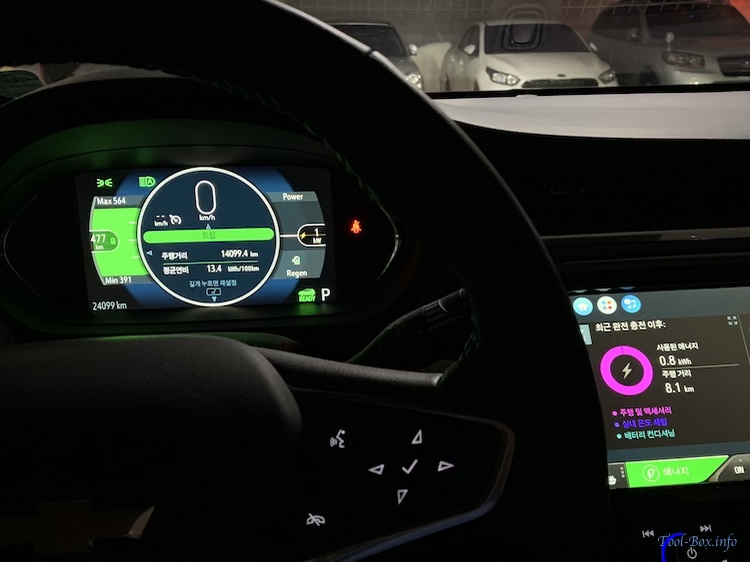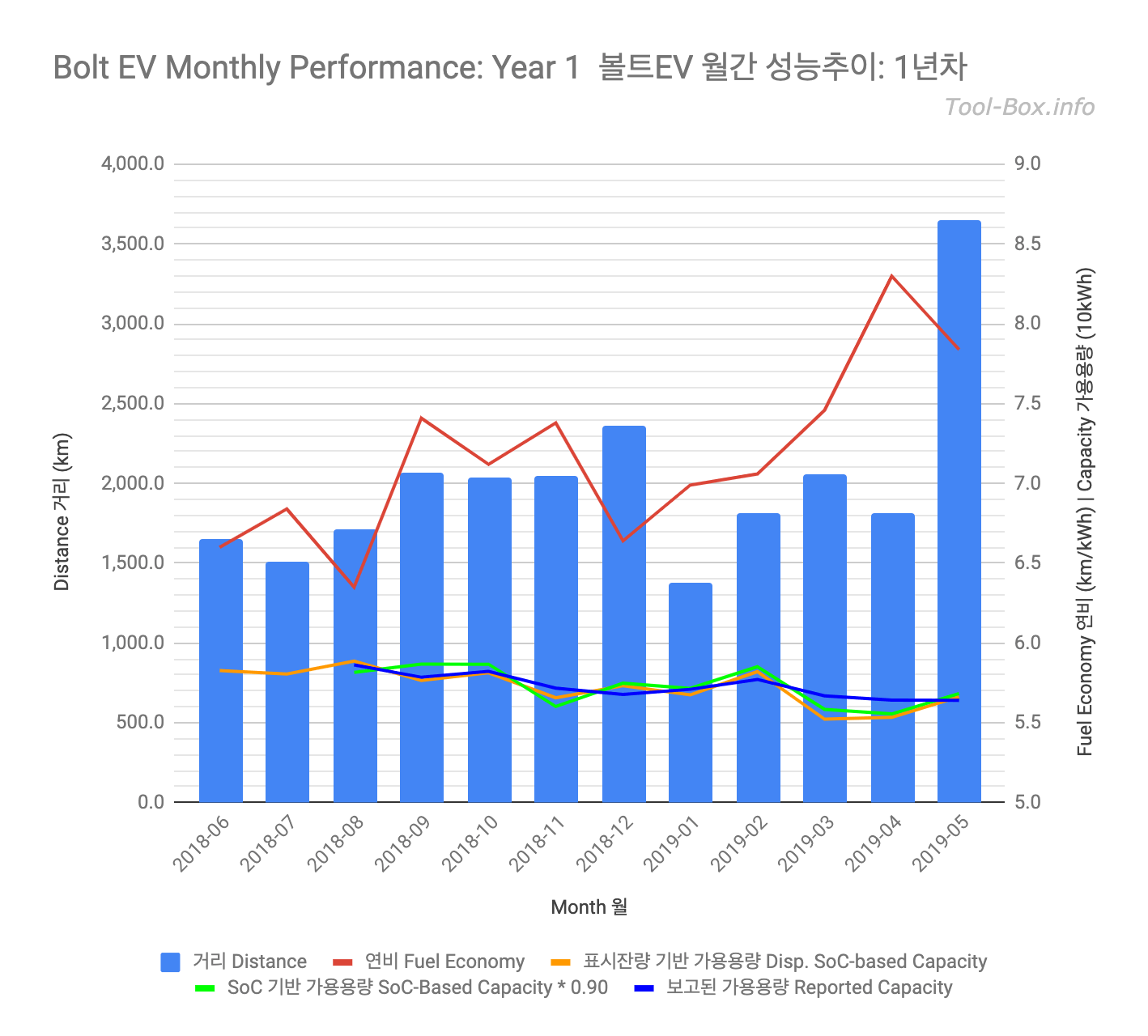Celebrating Bolt EV's 5th birthday
Posted by Wesley on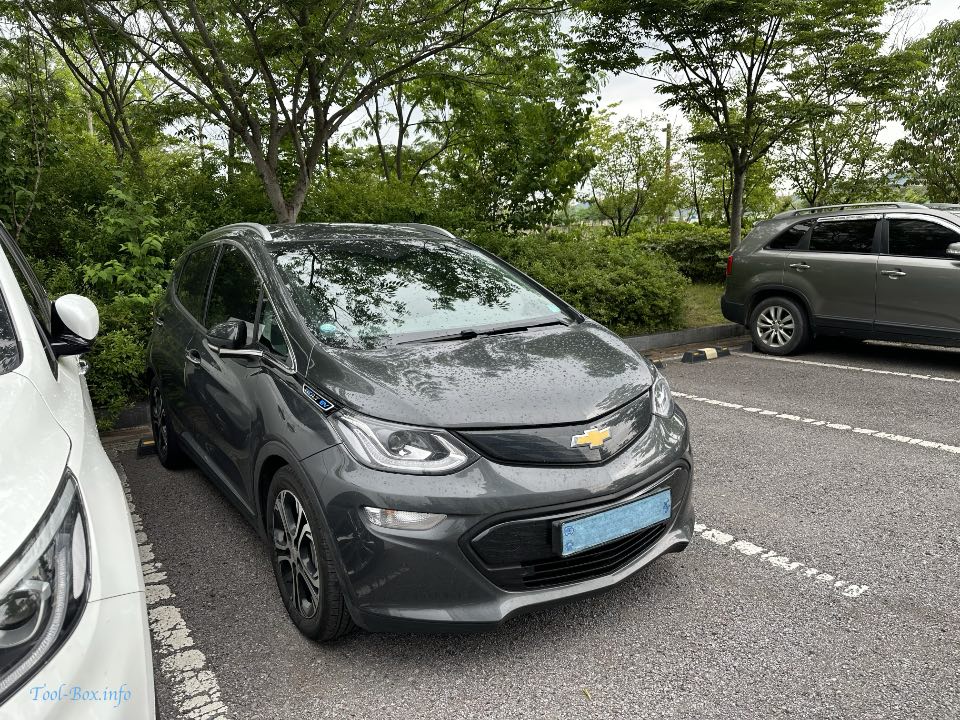
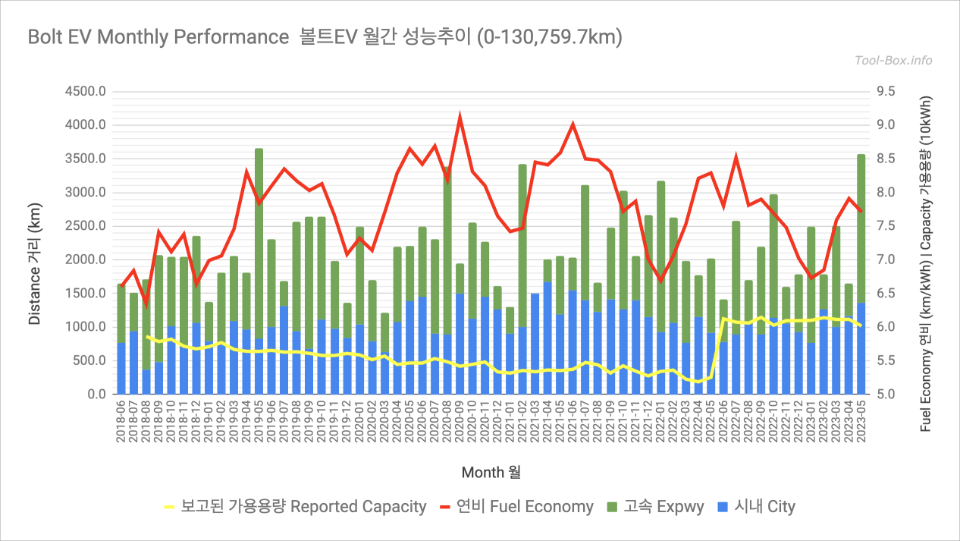


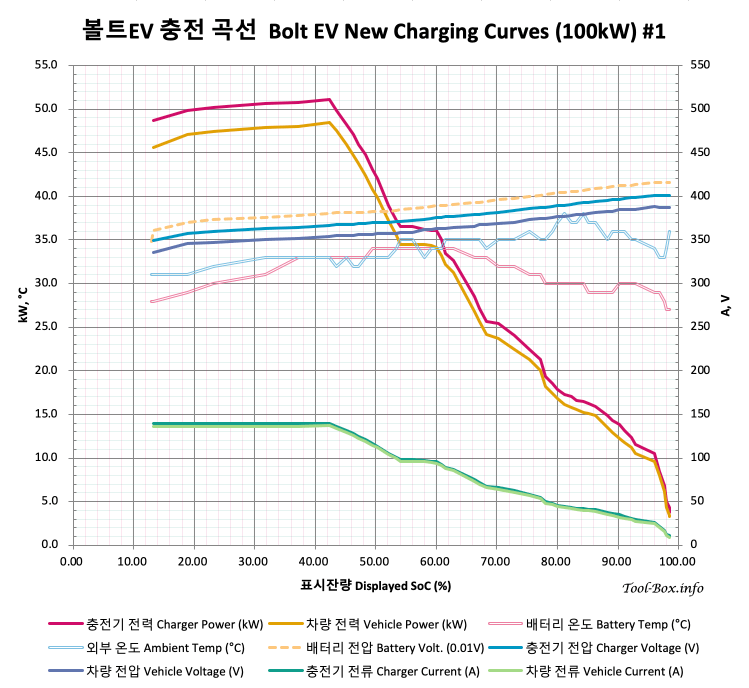
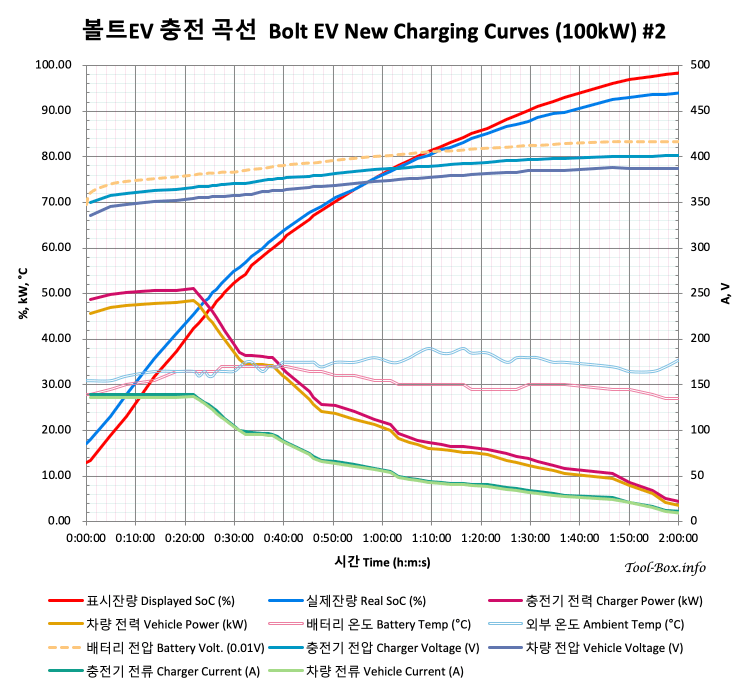
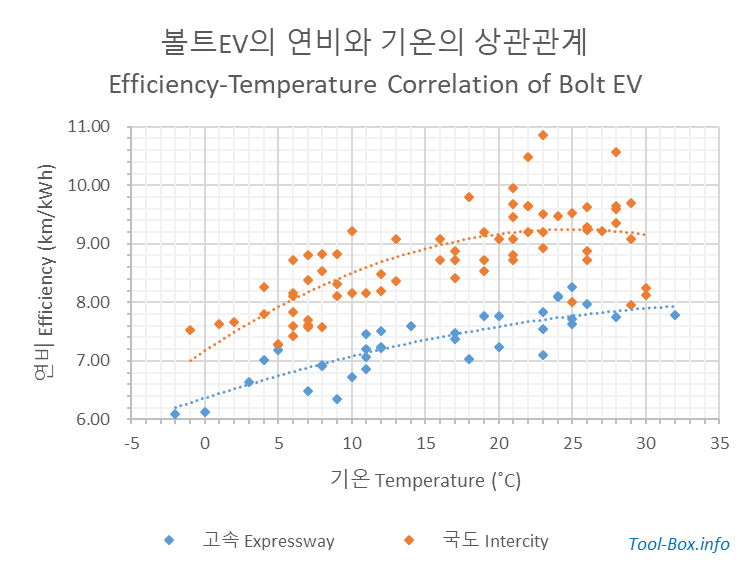
| Road Type | Speed Limit (km/h) |
Minimum % of Trip |
Trip Range (km) | Speed Range (km/h) | ||
|---|---|---|---|---|---|---|
| Min | Max | Min | Max | |||
| Expressway | 100 - 110 | 75 | 112.7 | 364.8 | 70.4 | 90.0 |
| Intercity | 70 - 90 | 19.6 | 25.3 | 40.6 | 69.0 | |
| Road Type | Total Trip (km) |
Average | Data Count | ||
|---|---|---|---|---|---|
| Trip (km) | Time (H:M:S) | Speed (km/h) | |||
| Expressway | 9,036.7 | 251.02 | 3:10:03 | 79.25 | 36 |
| Intercity | 1,593.1 | 22.13 | 0:26:20 | 50.41 | 72 |
